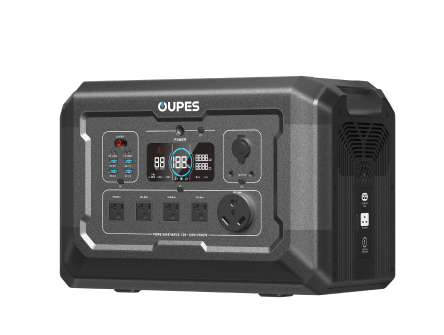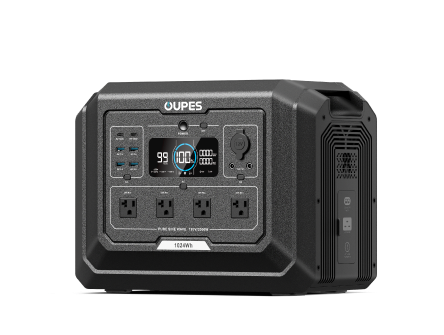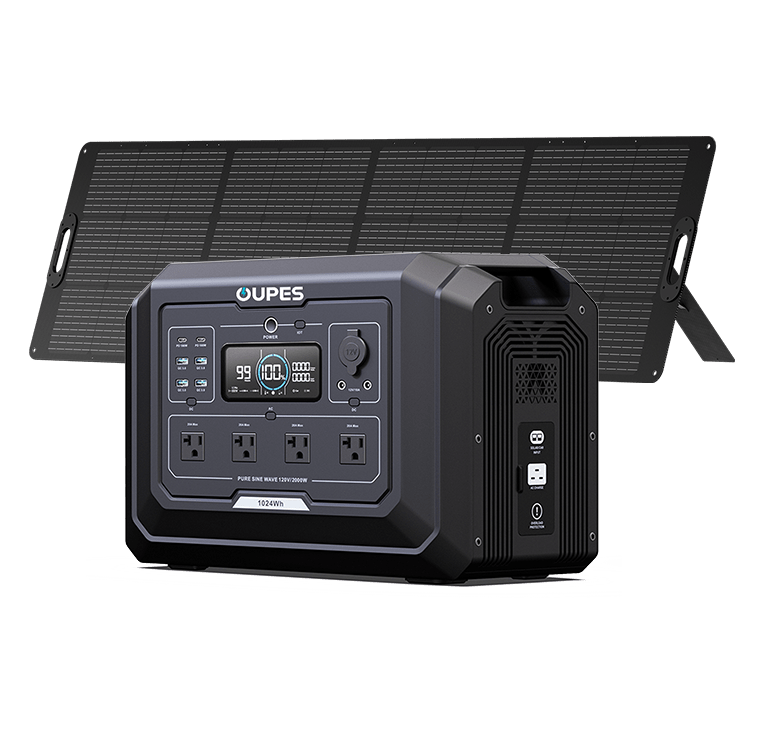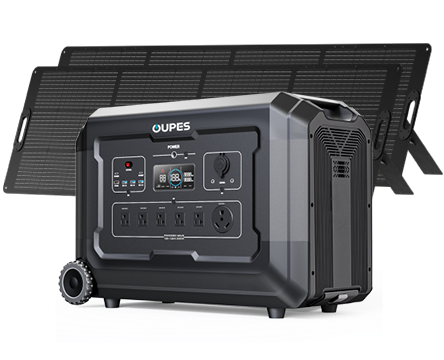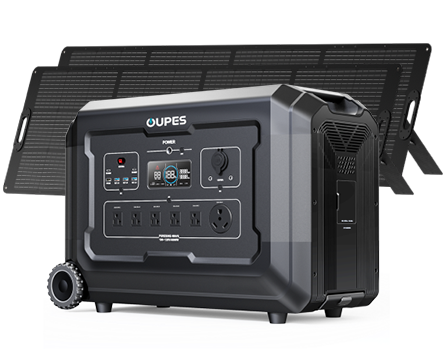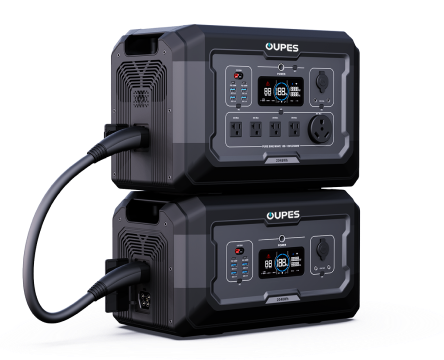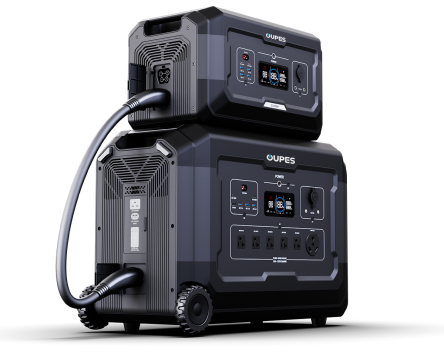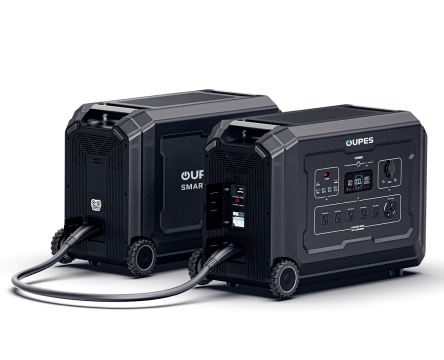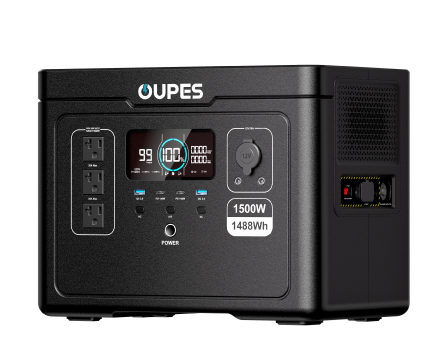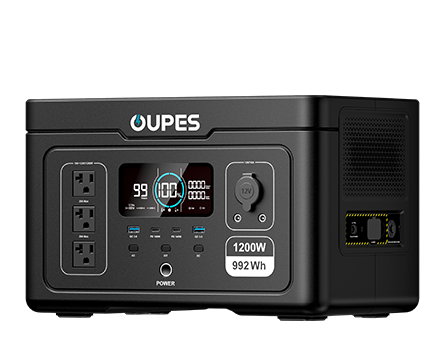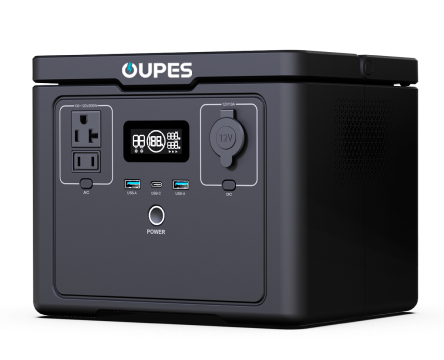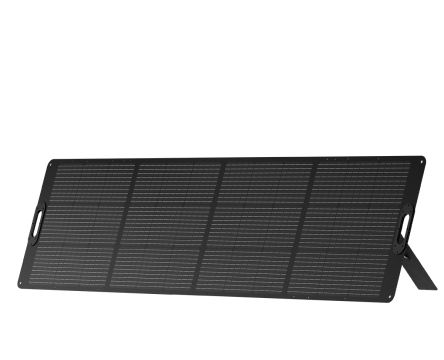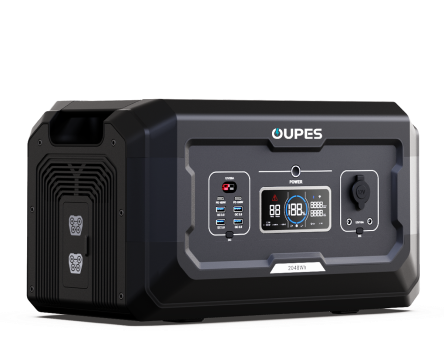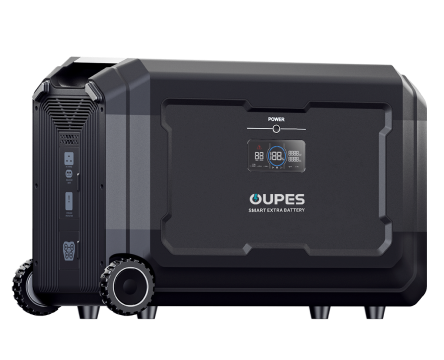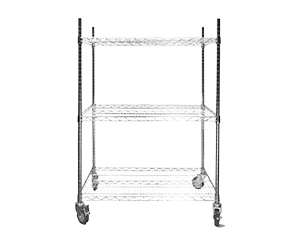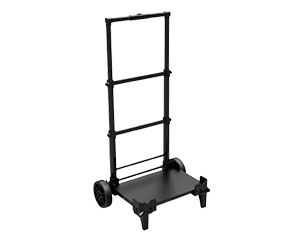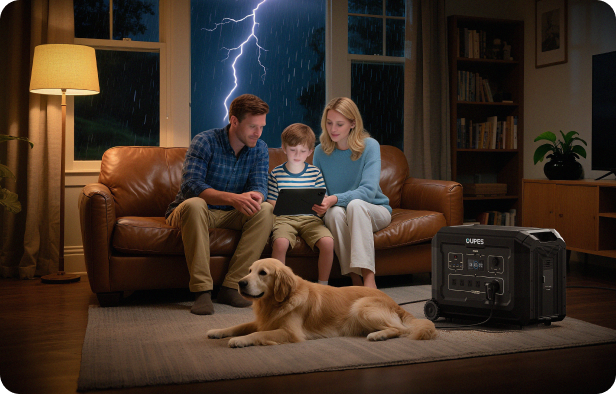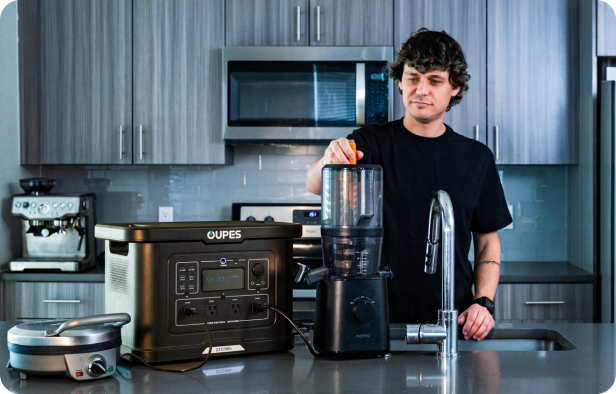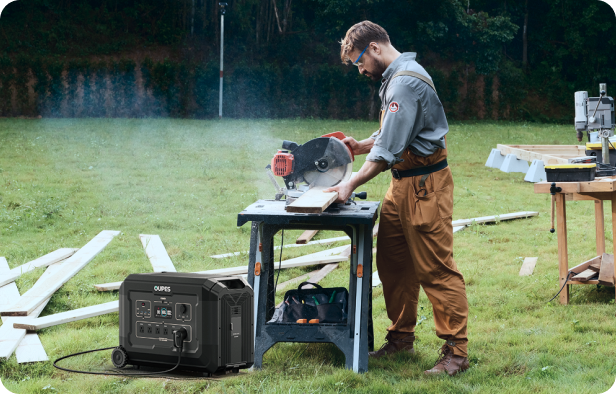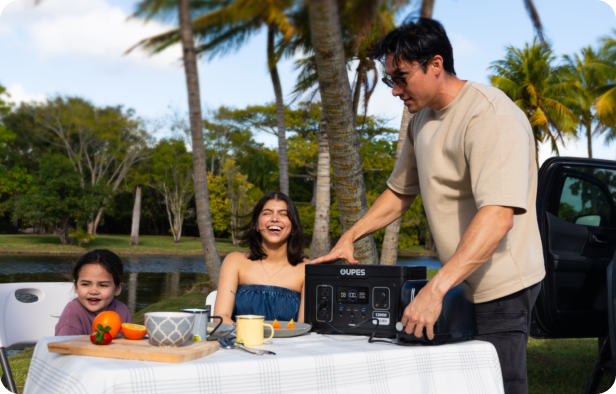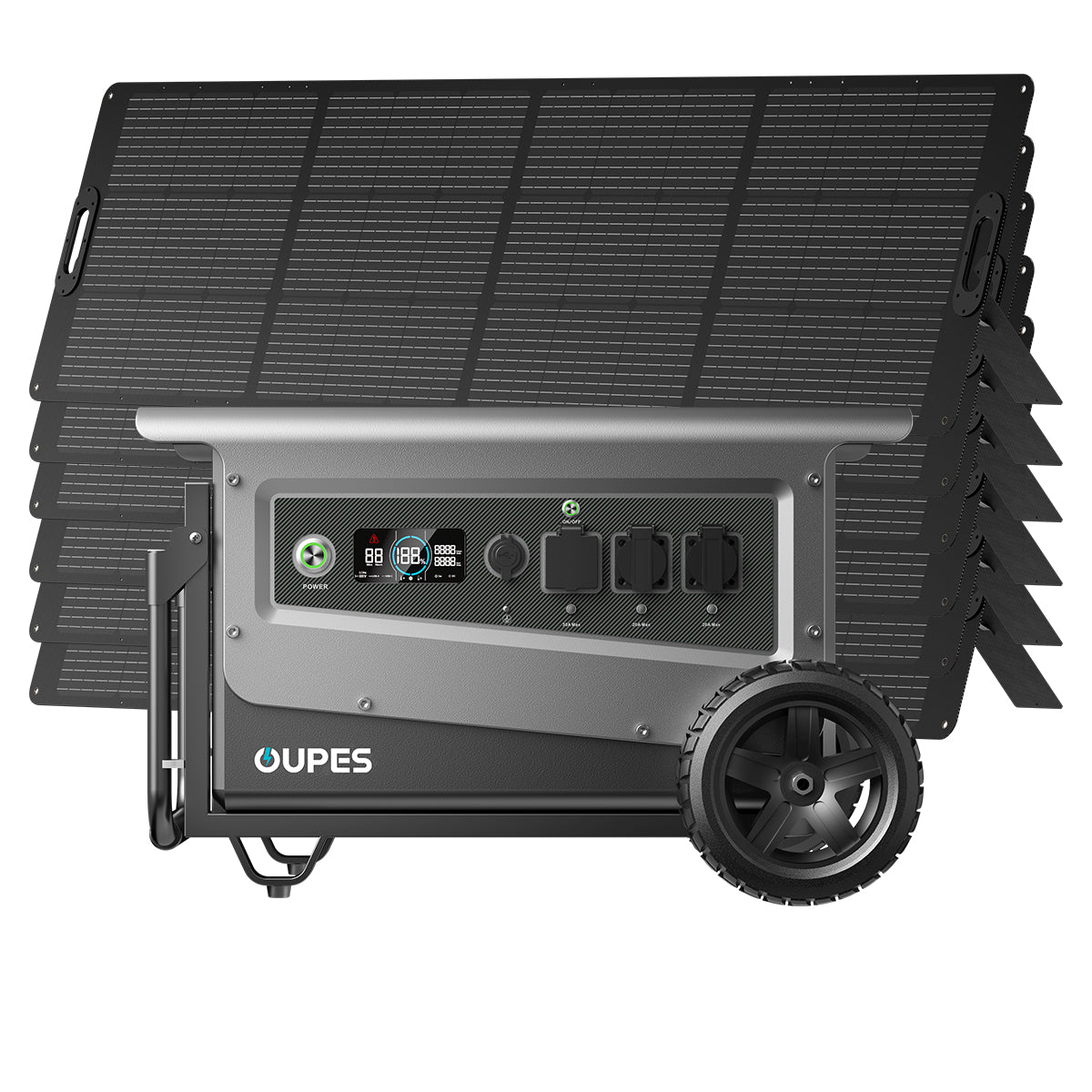
There’s a certain poetry to harnessing the sun — a rhythm in nature, mirrored by the hum of appliances powered by nothing but pure, radiant energy. But when it comes to running a 12V fridge off solar panels, the question arises: how much solar power is enough? The answer is not a simple number; it’s a dance of calculations, variables, and practical insight. Let’s unravel this step by step, with complexity and cadence.
Understanding Your Fridge’s Appetite
First, you must know your fridge. Not in passing — intimately. A typical 12V fridge might consume anywhere from 30 to 55 watts per hour. But beware, this isn’t static. Factors like ambient temperature, fridge efficiency, insulation quality, and usage frequency can nudge that number higher or lower. A small unit quietly humming in mild conditions differs vastly from one laboring under scorching heat.
The Equation: Watts, Hours, and Reality
Let’s embrace some arithmetic. Multiply your fridge’s hourly consumption by 24 hours. For instance, a 45-watt fridge multiplied by 24 equals 1,080 watt-hours per day. This is your daily energy demand — but hold on. Factor in a safety margin. Cloud cover, system inefficiency, or sudden power spikes? They’re real. Add at least 20% overhead. So now, we’re aiming for around 1,300 watt-hours daily.
Decoding Solar Panel Output
A 100-watt solar panel doesn’t deliver 100 watts for every hour of daylight. It’s subject to the sun’s mood swings — clouds, angles, seasons. On average, you might get 4 to 5 hours of peak sun per day. That same panel, therefore, might yield around 400 to 500 watt-hours daily. The math whispers the answer: two to three 100-watt panels are your minimum. But remember — redundancy is wisdom. Three panels? Ideal. Four? Even better. The sky can surprise you; best be prepared.
Beyond Panels: The Silent Workers
Solar panels are the most visible heroes, but they’re not alone. Batteries matter — deeply. Without robust storage, your power is ephemeral. A fridge needs continuous juice, day and night. A deep-cycle battery bank of at least 100 to 200 amp-hours is your safeguard. And don’t forget the charge controller and inverter. Every link in the chain matters, each with its own rhythm and role.
Efficiency Is Everything
Sometimes, less consumption beats more production. Keep your fridge shaded. Pre-chill items before placing them inside. Limit door openings. A well-tended fridge sips, rather than gulps, power. In that subtle difference lies the freedom to stretch your solar capability further, reducing the burden on your panels.
Real-World Scenarios: Predict the Unpredictable
Sunny days might lull you into complacency, but plan for grey. Overcast skies, partial shading, and early dusk can slash your output by half. That’s where overbuilding your system — more panels, more battery capacity — turns from luxury to necessity. In off-grid living, excess capacity is never wasted; it’s stored security.
Conclusion: Not Just Math, but Mastery
So, how many solar panels are needed to run a 12V fridge? Two, three, perhaps four — but more importantly, a system that breathes with flexibility. Understand your fridge, know your panels, respect your batteries, and anticipate the sky’s whims. In the end, solar living is not rigid science but a living art form. One where preparation meets intuition, and every ray of sunlight is both power and poetry.






